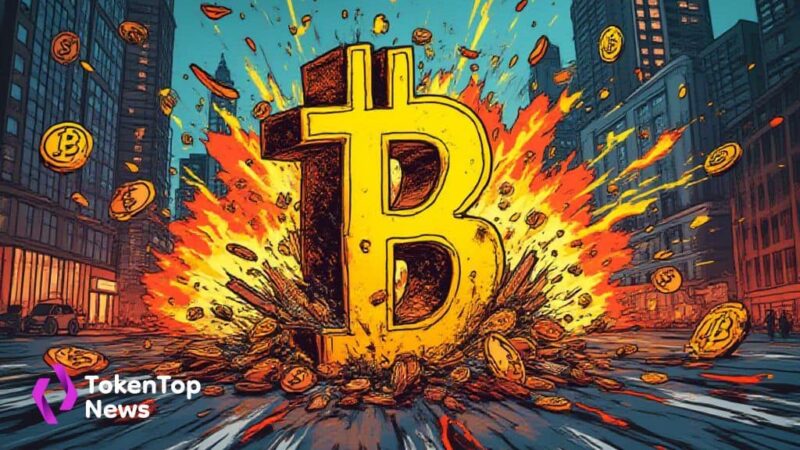LLJEFFY Coin Plummets Amid Fake Death Rumors
- LLJEFFY experiences price drop due to fake rumors.
- $93,000 loss in under an hour.
- Liquidity issues cause market panic.

LLJEFFY, a meme coin on the Solana blockchain, experienced a dramatic crash on May 6, 2025, after fake death rumors about Jeffy Yu spread widely.
The LLJEFFY crash underscores market volatility and investor vulnerability to rumors, impacting individual financial stability.
Market Reaction
Initial reports indicated that LLJEFFY’s market cap briefly surpassed $30 million before plummeting due to rumors of Jeffy Yu’s death. “The fake death rumor caused LLJEFFY to plunge by 50% within minutes,” shared Ai 姨 (@ai_9684xtpa), a social media analyst.
The panic based on unverified information highlighted the token’s dependency on its figurehead, illustrating investor uncertainty.
Involving Jeffy Yu, who is pivotal to LLJEFFY’s operations, the situation remained aggravated by the absence of any official communication. Investors reacted swiftly, dumping over 3.2 million tokens, representing significant market shifts.
As a result, the market capitalization suffered while trading activities intensified. Notable was a $93,000 loss reported by a trader within an hour, an immediate effect of the ensuing sell-off. The incident also escalated liquidity issues on certain platforms.
Financial Implications
On a financial note, the abrupt sell-off had pronounced implications. A whale investor divested $258,000 worth of tokens, exacerbating the token’s downward trend. Despite the crash, Solana’s core token price held relatively stable, indicating limited spillover effects.
In contrast to broader market stability, LLJEFFY’s case reflects the vulnerability of meme coins, often subjected to social media swings. Historical patterns in similar cryptocurrencies reveal susceptibility to abrupt volatility during rumor-induced frenzy.
Future Considerations
Economic analysis suggests potential regulatory scrutiny given the impact of rumors on investor behavior and market stability. Experts emphasize the need for real-time monitoring of market dynamics and communications to mitigate similar risks in the future.




